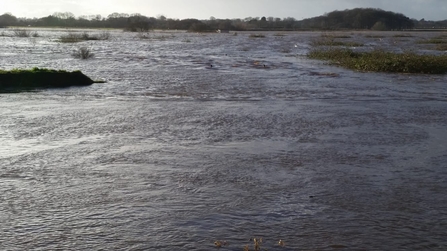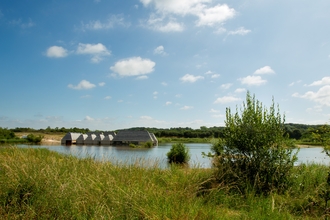Lunt Meadows, Bickershaw, Lightshaw Meadows, Wigan Flashes and Brockholes have been managed to create areas where floodwater can run, before reaching residential areas.
And while this may cause some disruption to wildlife, things get back to normal fairly quickly according to the Wildlife Trust for Lancashire, Manchester and North Merseyside.
In past week, serious breaches of the banks of the River Alt, saw thousands of gallons of water flooding into the Lunt Meadows Nature Reserve in Merseyside. The water levels rose so high that parts of the car park were flooded, but it stood firm and prevented major problems in nearby Sefton and Maghull.
Lunt Meadows has been designed to act as both a flood reservoir and a nature reserve, providing wetland habitats for species, such as water vole, marsh harrier and kingfisher, while also holding excess rain and river water. The water is then either absorbed by plants and soils, returns to the atmosphere or is slowly released back into the River Alt, taking the pressure off drains and reducing the likelihood of flooding in more built-up, urban areas. Recent work at Bickershaw in Wigan has created a water storage pool on the site, reducing local flood risks, similarly to Lunt Meadows.




